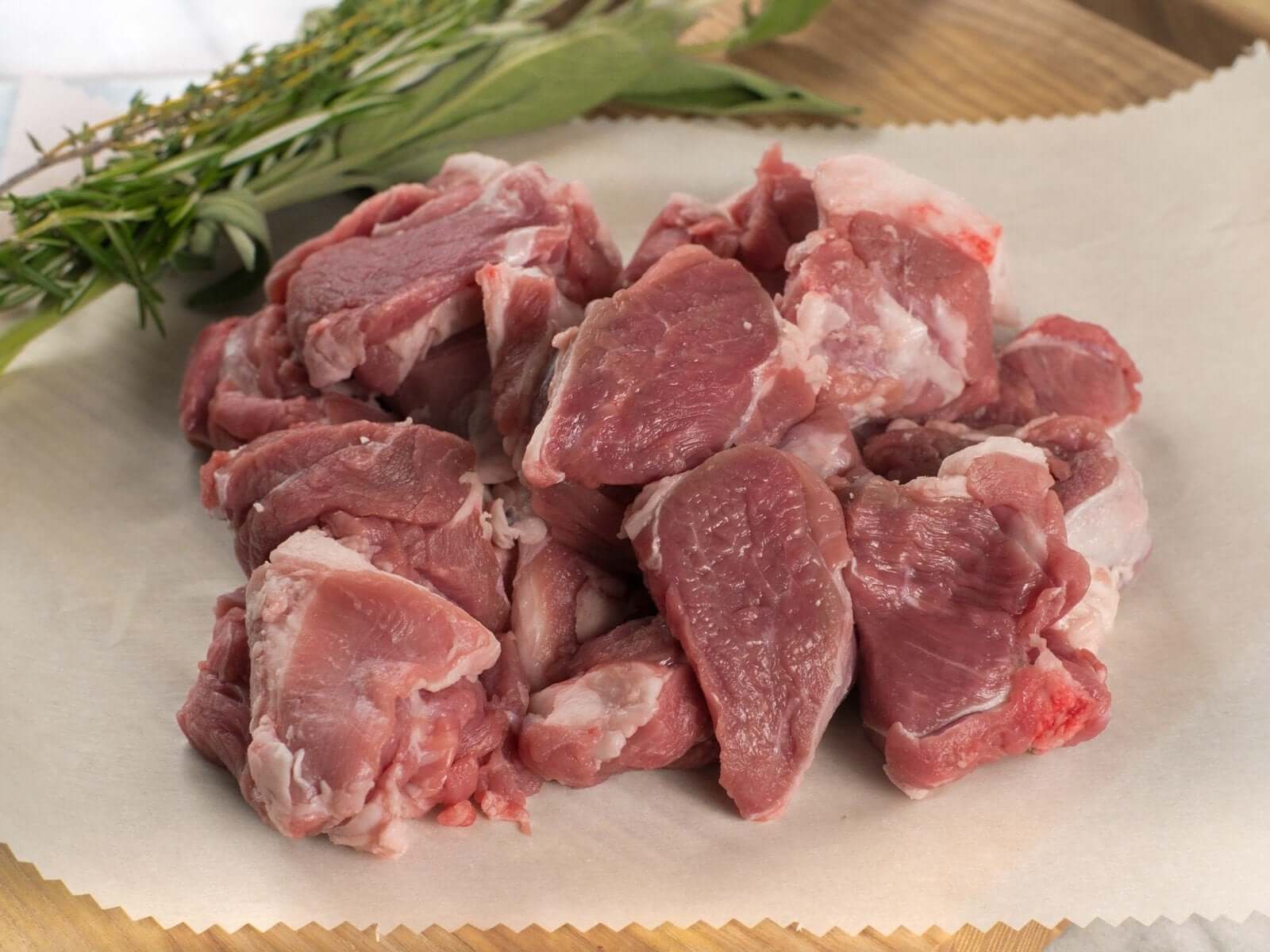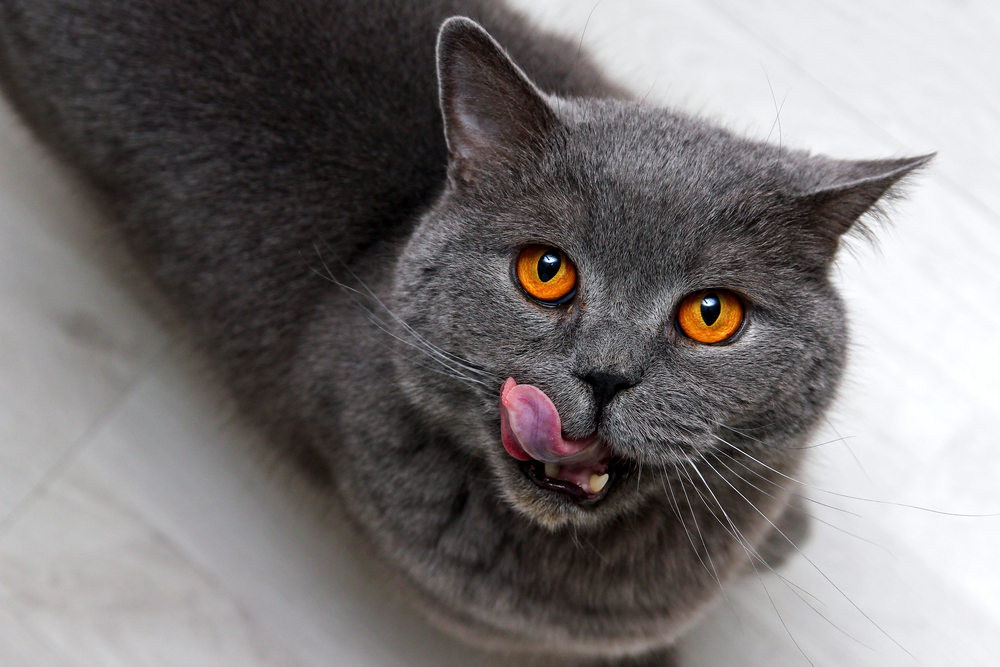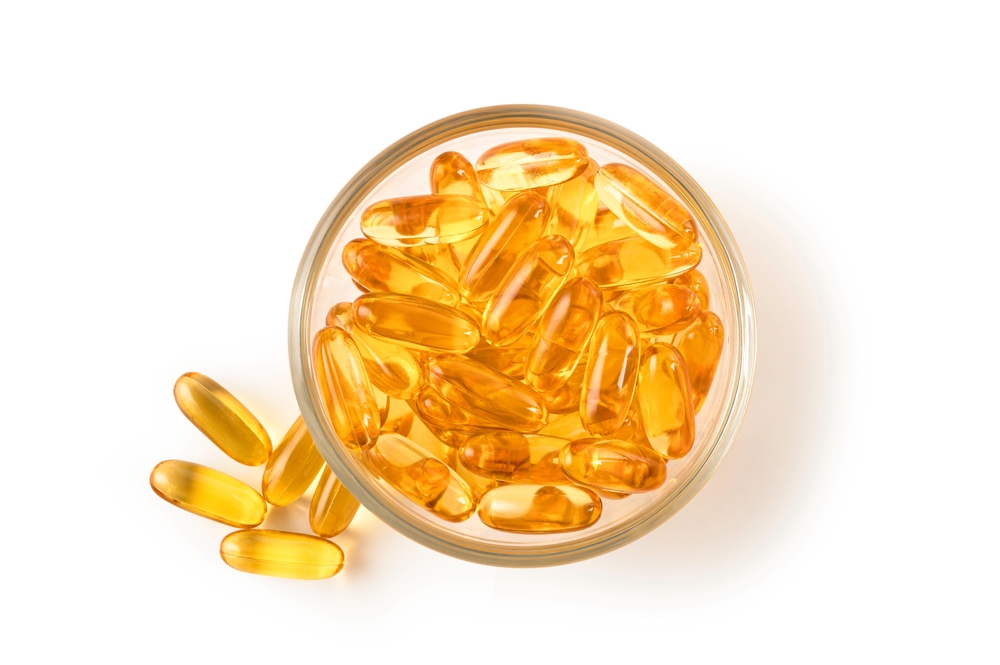
How much pet food should I be feeding?
November 19th 2020
Quantity
The ingredients (composition) on pet food packaging are listed in descending order. This means that the first ingredient is the greatest. A good quality pet food should have meat or fish as the first ingredient, this is especially true for cats who are obligate carnivores.
Some pet foods may appear to have meat or fish at the start of the ingredients list, but it is listed as ‘fresh’, this is unlikely to be an accurate representation of the quantity as the cooking process will remove most of the water in fresh meat/fish and the true ingredient volume could be much less.
Quality – animal or vegetable?
Vegetable sources of protein (which are cheaper than meat or fish) are often used as the main ingredient in pet foods. Occasionally, vegetable sources can be useful for pets with health conditions but generally they are less digestible than meat/fish and contain lower levels of important nutrients such as amino acids.
Quality – fresh versus dry meat meal
What matters with both ingredient types is the quality of the meat or fish before it was processed. This comes down to the type of cuts of meat and fish (i.e., how much meat vs bone vs connective tissue) is used and how the ingredients are stored. Raw meat is prone to bacterial spoilage is if it is not stored correctly, the longer it is in a raw form and the more it is transported the greater the risk will be of bacterial colonisation.
The temperature and pressure of making dry kibble will always remove the risk of bacterial contamination in the food, nonetheless they still leave behind a myriad of chemicals which can have a detrimental effect on palatability and the health of the end consumer – your dog or cat. Hence, just because the meat or fish is fresh doesn’t necessarily mean it is better quality, in fact the chances of bacterial contamination are potentially greater.
Digestibility
How much protein does my pet need?
Proteins are needed by every cell in the body. Apart from being used as an energy source, they have many other functions, including use as enzymes, hormones and being used in the structure of tissues, muscles, organs, skin and fur. Dogs and cats even more so, require diets high in good quality protein, for good blood sugar control and energy levels, maintaining or building strong and lean muscles and for great skin and coat.
What matters with both ingredient types is the quality of the meat or fish before it was processed.
The European Pet Food Industry (FEDIAF) sets out recommended levels for nutrients for pet food manufacturers to follow. For adult pets FEDIAF recommends a minimum level of 18% protein for dogs and 25% protein for cats. These are the minimum amounts the pet needs requires, the optimal amount of protein to promote long-term health will be higher and we recommend at least 22% protein for an adult dog and 28% for cats.
Protein in Vet’s Kitchen
Vet’s Kitchen products contain high levels of high quality, easily digestible protein, meaning that your pet can maintain optimum health by properly digesting and absorbing the nutrients they get from eating our diets.

 Shop Dog
Shop Dog
 Shop Cat
Shop Cat
 Vet Know-how
Vet Know-how Contact
Contact


